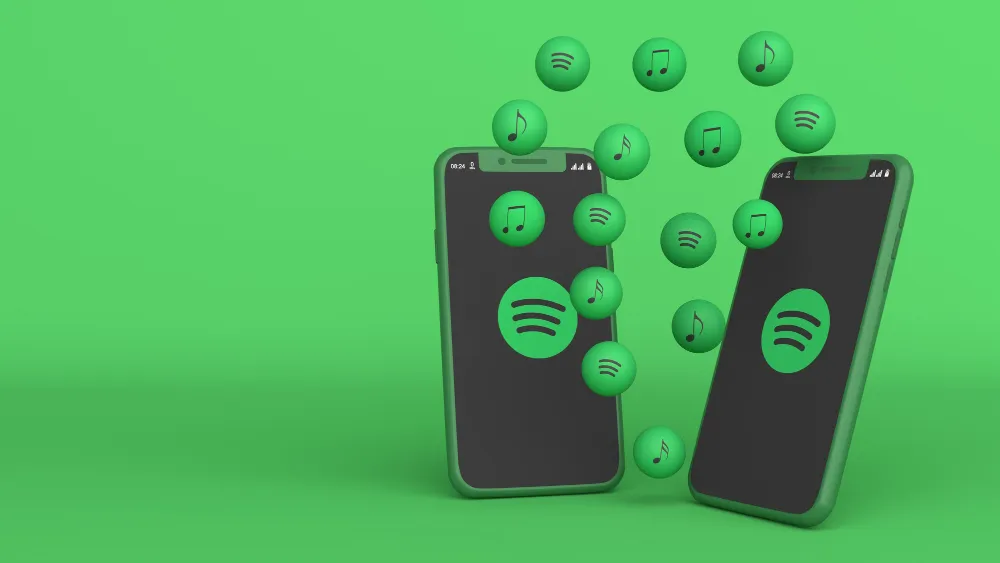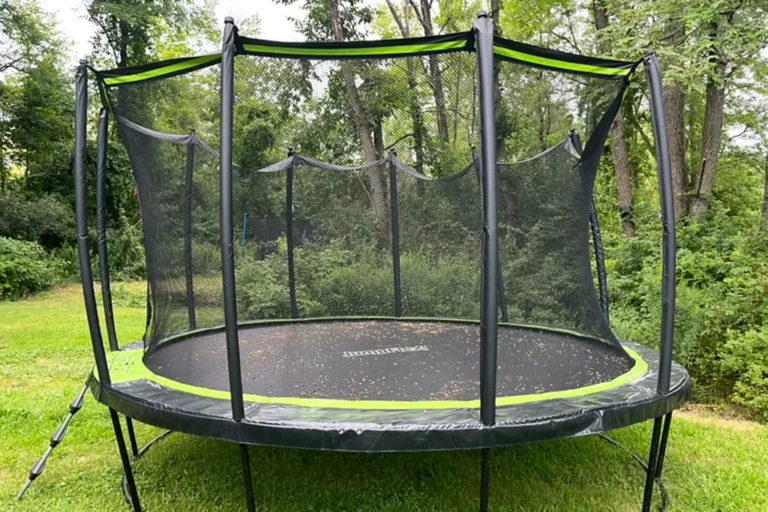
The music industry has had a paradigm shift during the last two decades. Online streaming services like Spotify changed the very nature of music consumption, sharing, and discovery. As of 2025, Spotify is still the biggest online streaming service in the whole world, drawing millions of active listeners every day. The upheaval has changed conventional ways of music listening and is now becoming a paradigm for future growth in music careers and industry growth. This article then shows how Spotify listeners and music careers are inextricably linked and how that link is shaping up to become the driving force of growth in the industry.
On the Rise of Professionals and Its Effects on the Music Industry
Founded in 2006, the main idea was to create a legal alternative to music piracy and a more accessible option to the music industry. By putting millions of songs at the user’s call, it changed the way people listened to music: away from traditional physical sales and downloads. Streaming then became the foremost way music is consumed and turned the whole revenue structure of the industry upside down.
With the success of Spotify, the global revenues from streaming will rise to $15 billion in 2023. Besides, the personalized algorithms and curated playlists on the platform enable listeners to explore new music while giving emerging artists access to an international audience. All of these have put independent musicians on a more level playing field, as they are less dependent on major record labels to achieve success in the music industry.
The Role of Spotify Listeners in Shaping Music Careers
Spotify’s audience hardly consists of mute listeners. On the contrary, these audiences serve as real-life influencers for today’s music industry. How frequently a user listens to a song, adds it to a playlist, or shares it with friends all deterministically affect an artist’s visibility and fortunes. Platforms like Spotifystorm demonstrate how these user interactions can elevate an artist’s career. Following are some of the ways through which Spotify listeners sway the careers of musicians:
Fan Engagement and Community Building
Unlike before, Spotify listeners now acquire some characteristics of active participation in an artist’s success. The platform allows sharing arts in playlists and connects to the artists through the feature of an artist radio. Interactions extend the scope of connections for the artist, including social networks that help the artist build their loyal fan, which keeps the audience a significant factor for sustainability in a career for the long run.
Apart from that, Spotify permits its users to follow their favourite artists and notify them of new music releases. This creates a direct bond and makes it feel to fans that they are part of the artist’s world. As people share music with their circle of friends, a ripple effect occurs, giving the artist more attention and reaching potential new fans who otherwise may not have discovered them.
Revenue and Earnings for Artists
Visit Spotify streams receive artists even where their payments are usually little but are made because of massive listeners whom the platform attracts to help an artist make fortunes over millions of streams. Such an open platform allows independent artists to earn money, build a following, and get fame all without having a record label. For established artists, the platform has a way of supplementing a pocket income as one gets income besides tours, merch, and brand partnerships.
Also, some of Spotify’s numerous revenue-sharing schemes, like advertising promotion or brand partnership accreditations, promote a financially viable environment for musicians. The rising number of listeners streaming an artist’s music can contribute to the financial potential of an artist directly through streams and indirectly through placements on playlists and gaining recognition.
The Rise of Independent Artists and DIY Careers
In times past, securing a record deal was rather difficult for the artists. Nowadays, with platforms such as Spotify, signed and unsigned musicians anywhere in the world get to distribute their music over the internet without any middleman. Thousands of independent artists now use this route to shape their way into music.
Supporters of indie musicians hold an equal share of the responsibility for an artist’s success through the choice of the artist they support. That’s the grassroots kind of support streams, shares, and playlist additions. An artist and their work exist on their merit because of platforms like Spotify, where they promote their music, monetize it, and gather their fans.
How Spotify Listeners Contribute to Industry Growth
Fans are central to an artist’s success on Spotify as well as to the overall development of the music industry. Here’s how their engagement with the platform has broad implications:
1. Increased Music Consumption
Increased consumption of music is owed to websites such as Spotify, which makes it accessible to millions of tracks at a time and anywhere. The personalized recommendations and curated playlists invite users to listen to more music of varied genres, thus lengthening listening hours. As demand for increased consumption rises, so does the demand for diversified content within newer and more established music artists, who have been pushed to their limits to deliver their creations, with consumers in mind.
2. Global Reach and Expansion
As a world-renowned company, Spotify gives listeners from various regions access to music from all around the world. Such an exposure does not only mean that local artists are getting some worldwide exposure, it also means that listeners now have the opportunity to hear and appreciate music from different cultures and languages. With this cross-pollination of music across borders, it is, of course, a growing interconnected global music market.
3. Music Industry Job Creation
Spotify is flourishing indeed, and it tends to generate a great demand for music industry professionals. Many fields have spawned jobs in their ecosystem from playlist curators and data analysts to marketing and tour promoting professionals. While jobs in music thrive with demand on Spotify, those who help these artists in any other aspect of their career become ever more in demand as well.
Conclusion
There is an undeniable bond between Spotify listeners and music careers. A big promotional tool for upcoming artists and already established artists is the streaming platform. It creates pathways for these upcoming artists in monetization and career growth. Other than that, the audiences interested in the music they love also participate in the success of the artist because they consume, share, or engage with that being created. In other words, the listeners of Spotify and musicians live a symbiotic relationship, and this is one factor driving further growth and change in the world’s music industry.
In collaboration with continuous development and changes from Spotify, the listener will, far more, assume a key position in this ecosystem. The time ahead seems bright for the music business regarding technology, data, and engagement, thereby establishing an ecosystem where both artists and fans can flourish.






